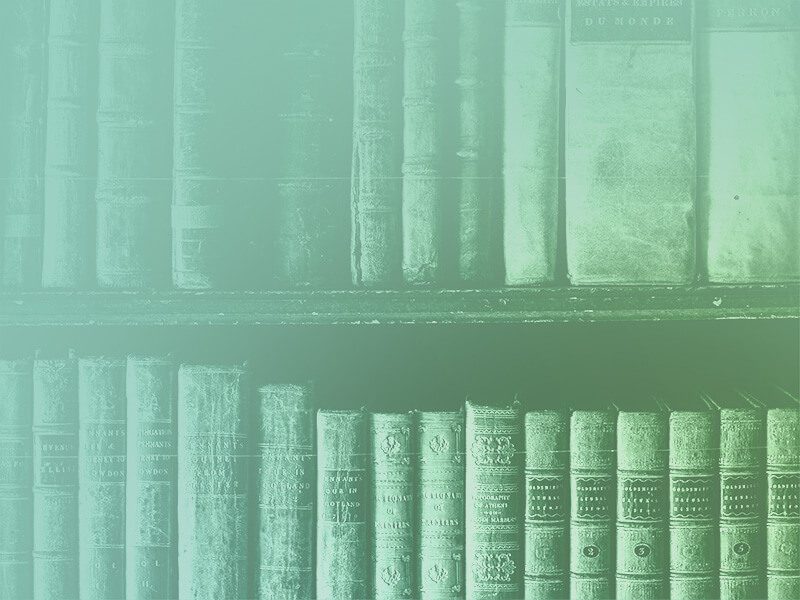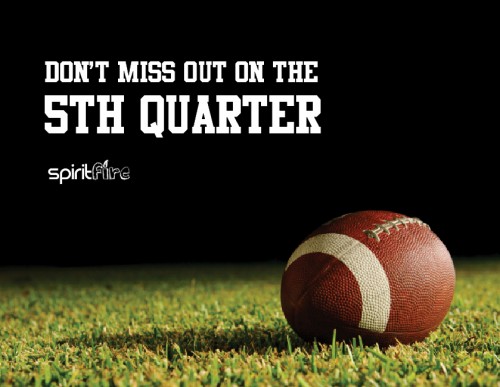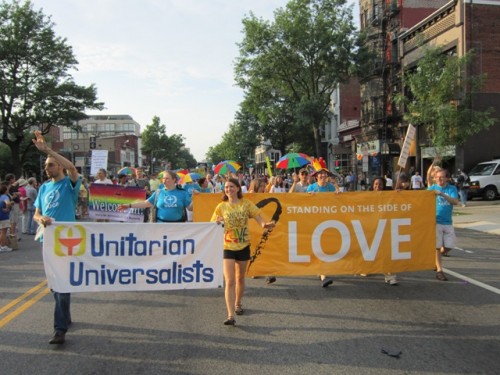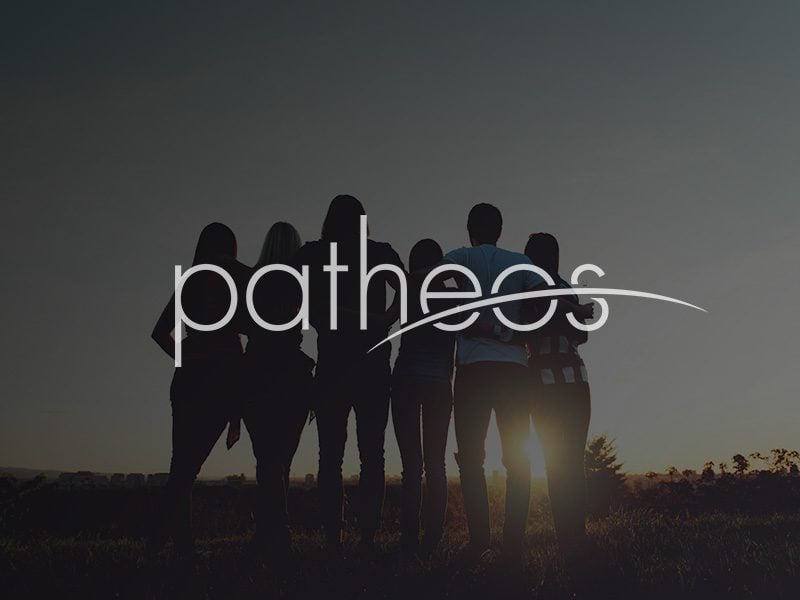One of the most obvious legacies our modern world holds from its pre-Christian “pagan” past are the visual arts. There wouldn’t have been a Renaissance without the art and writings of the Classical world, and the pagan-humanist hybrid that began there has been an integral part of the fine arts ever since. Pagan symbolism is such an ingrained part of art’s language, that it can become unconscious, at least until it becomes politicized. However, a growing trend within the world of fine art is making the connections between art, Paganism, and the occult, explicit. I recently mentioned the “Sigils and Signs” show in Brooklyn, the Manhattanhenge ritual performance art piece, and the “Collective Tarot” project, but that’s just the tip of the iceberg. For example, the photographer Katarzyna Majak recently opened a show at the Porter Contemporary gallery in New York entitled “Women of Power,” a body of work that “explores the power of women as she searches for female wisdom and plurality of spiritual paths hidden within monoreligious Polish society.”
“The women of wisdom, healers, enchanters, visionaries and spiritual leaders depicted in Majak’s vibrant photographs often facing discrimination, have taken great risk in being photographed. This is the first time many of them owned their power publicly. Majak’s journey with the Women of Power began when one of them accompanied her in a ritual to say ‘good-bye’ to her wedding dress, and the journey continued from woman to woman as the artist became fascinated with their alternative wisdoms on female power.”
Another New York space, the Jonathan LeVine Gallery, recently wrapped up a solo exhibition by Nicola Verlato, who tells the Huffington Post that his work illustrates a conflict between monotheism and polytheism.
“Polytheism survives in the western world through pop culture, and in several countries like India, which are becoming more prominent in the modern world, and are largely polytheistic. In our overwhelmingly monotheistic culture this task has been relegated to the field of entertainment; pop culture has now essentially taken on the task of creating the mythologies of our time. There are several artists today who are, more or less, consciously working on mythologies, as painters and sculptors. They work mostly out of Los Angeles, and are usually listed under the definition of Pop surrealists. I think our work may possibly be considered a contribution towards a cultural shift.”
Meanwhile, the Musee du Quai Branly in Paris showcases “The Masters of Disorder,” art that depicts figures of disorder and chaos, and those individuals, shamans, medicine men, artists, and sorcerers, who negotiate with them. The exhibition mixes traditional tribal art with modern and contemporary pieces “to free what used to be labeled as tribal art from the limits of ethnology and judge it from a purely aesthetic angle.”
httpv://www.youtube.com/watch?v=_9zEGOd35rM
“The exhibition looks at the figures of the disorder, entered the pantheon of our beliefs and cultures, Dionysus Seth Typhon, and technicians, shamans and other intercessors here called “masters of disorder”, responsible for negotiations with the forces of chaos. In this constant compromise between turbulence and reason, rituals are the preferred mode of negotiation with the powers that govern human societies. Along with these sacred rituals, feasts, revelry, carnivals or festivals of fools seem to be the other way, profane, allowing the unleashing of transgressive impulses.”
It’s a provocative concept, one that places the idea of chaotic external forces, and the need for ritualized interactions with them, into the here-and-now, instead of in a fossilized past. It also places the modern artist into a pantheon of magic-workers and ritualists.
As I said earlier, these examples are simply a sampling of a phenomenon that is far larger, other examples are easy to come by, and there are new ones emerging on a regular basis. They collectively portray a process of re-enchantment, a new direction and purpose after what some called “the end of art” during the height of post-modern conceptualism. A new emphasis on the roles artists can play in our society, and the importance of art in exploring the liminal in our lives. It is a process that I think our community should be more actively engaged in. While we have been admirably embracing the poetic arts, plays and theater, crafts, and functional art, I think we could be doing more, collectively, to support the fine arts: painting, sculpture, photography, installation, in our community. Not simply because it would benefit Pagan visual artists, but because it would also help us connect with our own roots in the use of art as a means of magic and communication.











